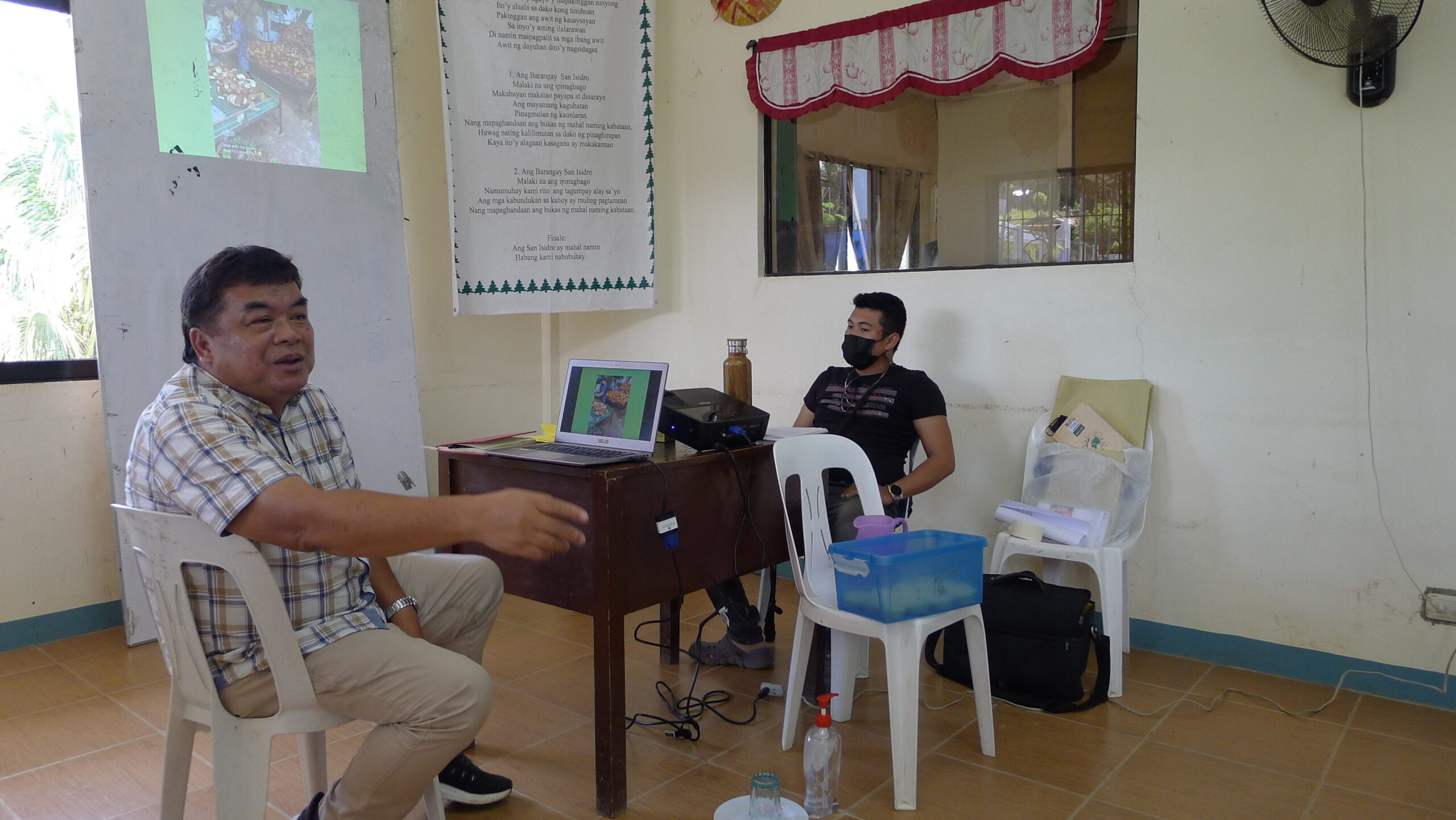SFITAL has five components, namely:

COMPONENT 1: Environmental and social management systems and/or standards
For sustainable, inclusive, and broad-scale transformations of small-scale cacao value chains.

COMPONENT 2: Systems of sustainable technologies and sustainability indicators on the ground
Piloting and evaluation of sustainable technologies, environmental and social management systems and/or standards and traceability systems on the ground.

COMPONENT 3: Roadmaps to scale up and mainstream sustainable cacao value chains
For scaling the impacts of sustainable, inclusive, and transparent small-scale value chains

COMPONENTS 4 & 5: Knowledge and project management
Coordinated global partnerships and knowledge management for awareness, upscaling, and replication
To achieve the objectives of the Project, SFITAL uses the following strategies:

Strategy A: Leveraging enabling conditions for sustainable cocoa sourcing
The adherence to environmental and social management systems and standards (ESMS) allows smallholder cocoa farmers to achieve the Philippine Cacao Industry Roadmap’s vision of developing a sustainable cocoa industry. However, the emphasis on ESMS with cocoa production is still broadly covered at national and sub-national (provincial) levels. Some individual firms and associations have initiatives to promote ESMS and can potentially be put to scale to achieve cost-effectiveness and accelerate adoption.
The local government’s role, having jurisdiction of the landscape at the province level, is critical in developing standard principles and criteria, aligned with national-level commitments and targets to meet current and future global demands. To ensure participation of policymakers in this aspect, a national level Technical Advisory Council is established to help provide strategic direction to the project interventions, as well as a local level multi-stakeholder body that will constantly be consulted and involved in the planning and implementation of the project activities.

Strategy B: Safeguarding benefits of smallholder cacao farmers from sustainable cacao farming
The following sub-strategies are based on initial analysis from the landscape characterization, environmental, and socio-ecological scoping of Davao de Oro. Though context-specific, the activities’ actual implementation is not limited to the characterization to cover the optimum cases for upscaling in Y3. The field assessment and primary data to be collected will ultimately guide the sub-strategies’ details, in consultation with partners and stakeholders at the province-level.
The selection of the specific barangays where each strategy will be implemented inclusively, together with local governments, DTI-RAPID, and KFI teams. These stakeholders have existing initiatives and prior knowledge on the ground which SFITAL can leverage. Furthermore, the approaches on each activity are detailed on the SFITAL AWPB, which considers building the SFITAL results from the synergies of local partners to deliver context-specific interventions to the selected landscapes. Moreover, exit strategies for each sub-strategy will be considered as part of the project recommendations.

Strategy C: Leveraging capacity of local governments in applying sustainable cocoa at the sub-national level
The Local Government Code of 1991 has allowed for the decentralization of national government functions to sub-national and micro-level (municipality and barangay) governments. In this legal framework, respective local government units (LGUs) are tasked to develop provincial management plans, including planning the watershed management and agricultural development as may be relevant. Although this provides a considerable potential in implementing Jurisdictional strategy for sustainable commodity development Planning in Davao de Oro, challenges incapacitating human resources at the current framework remains.
Furthermore, the integration of sustainable cacao farming in ESMS is yet to be adopted on a broader scale. Strategy C seeks to bring together different actors in the cacao industry into a multi-stakeholder platform with clearly defined functions to prepare to upscale SFITAL interventions and results eventually. Moreover, this strategy ensures that the planning process for the landscape is conducted with the leadership of the local government as mandated, and in participation with local stakeholders using the evidence and results that are documented from prior and on-going SFITAL interventions.
